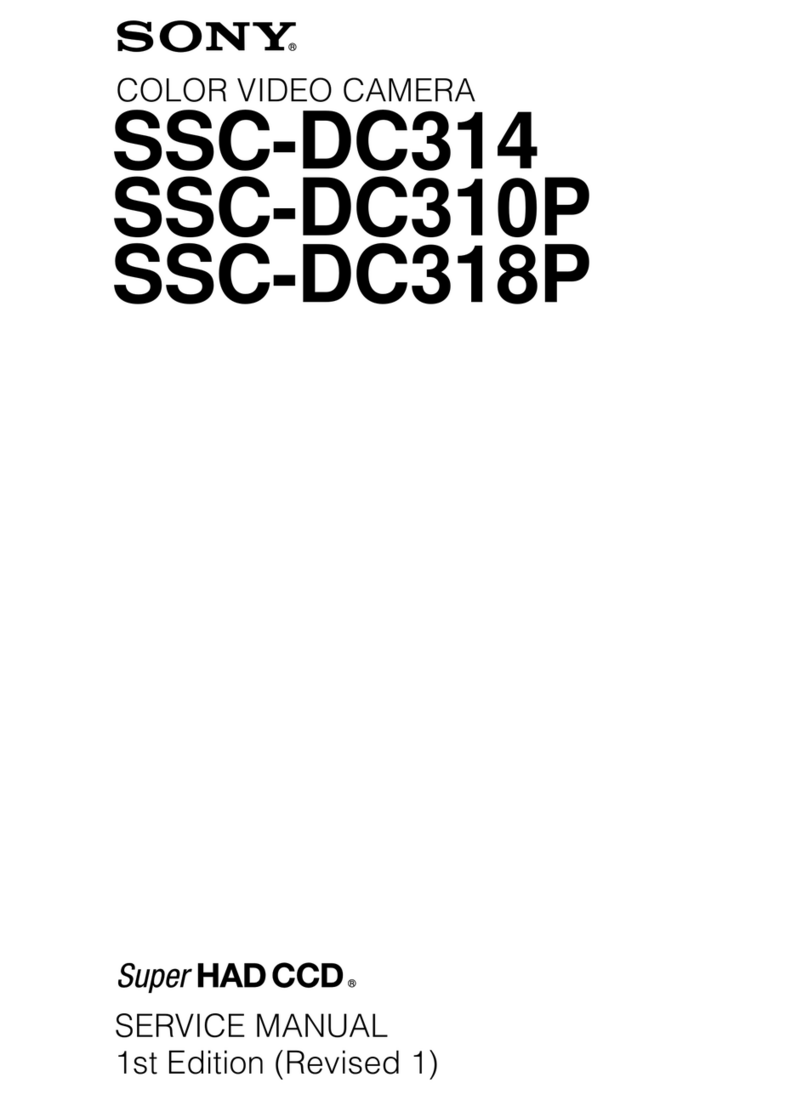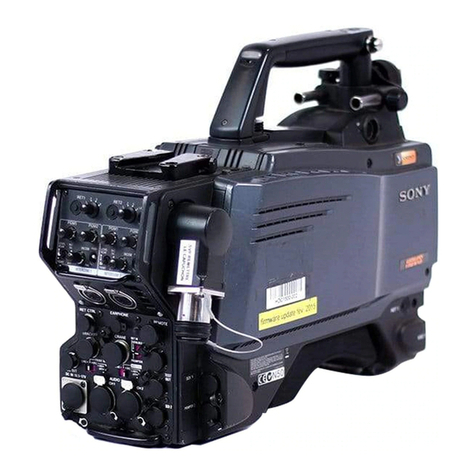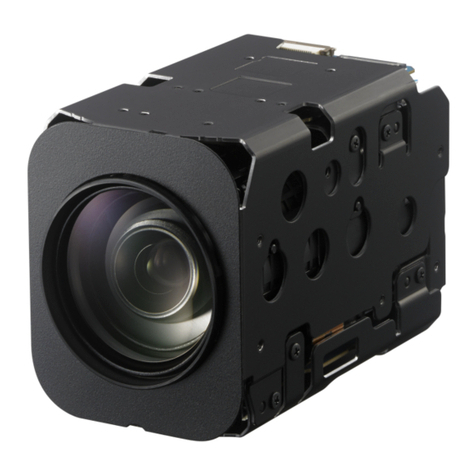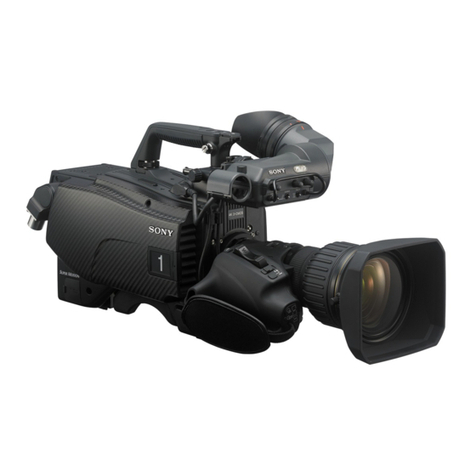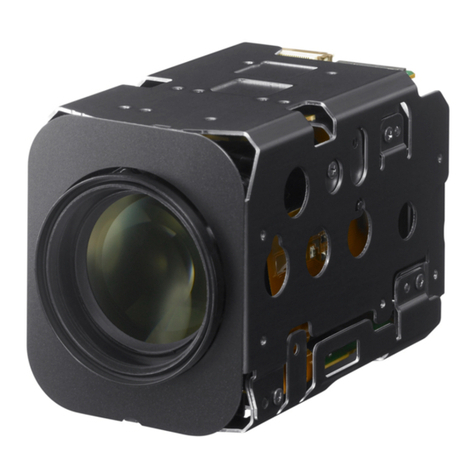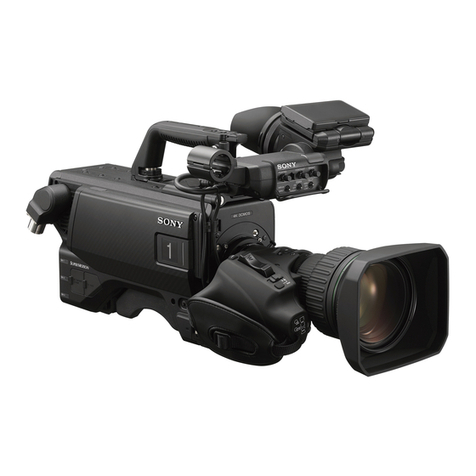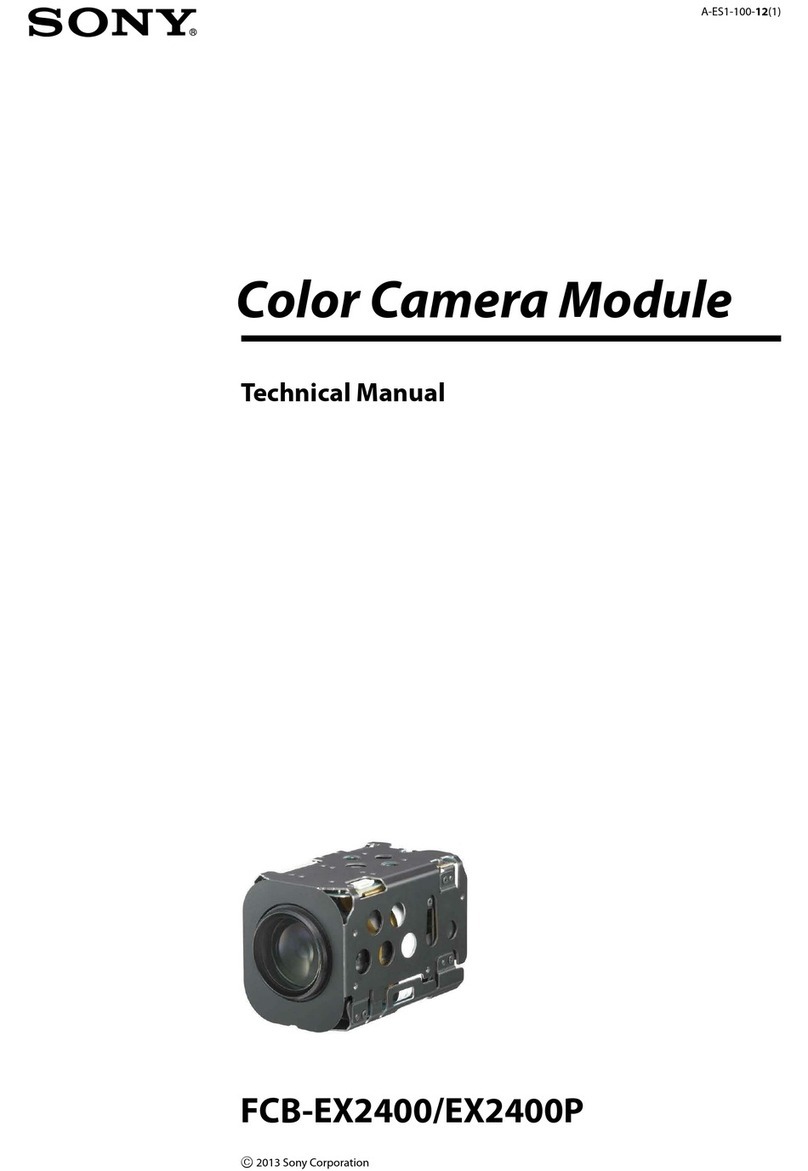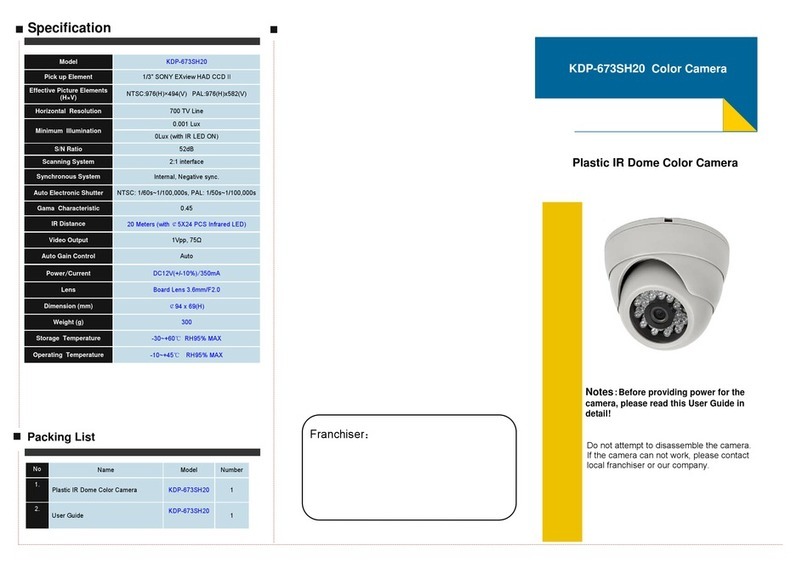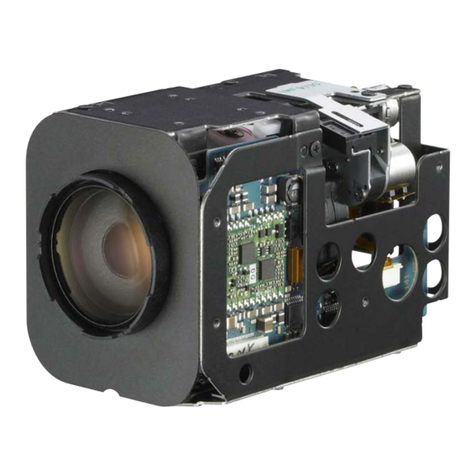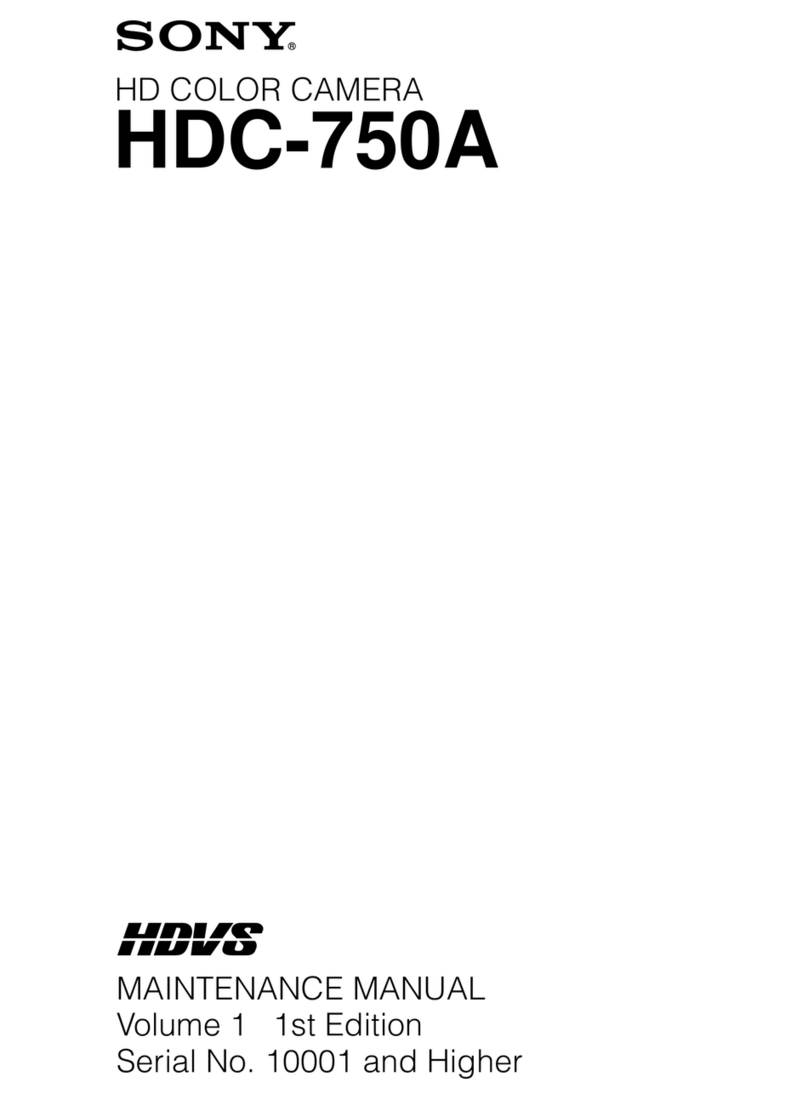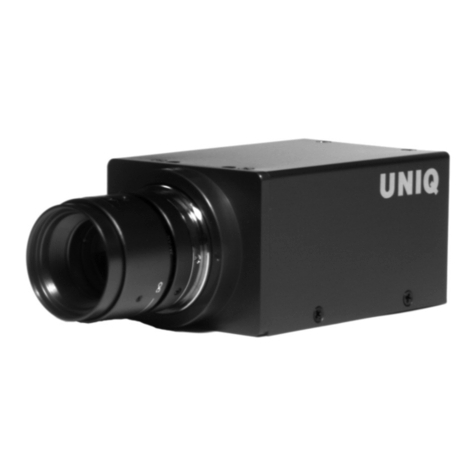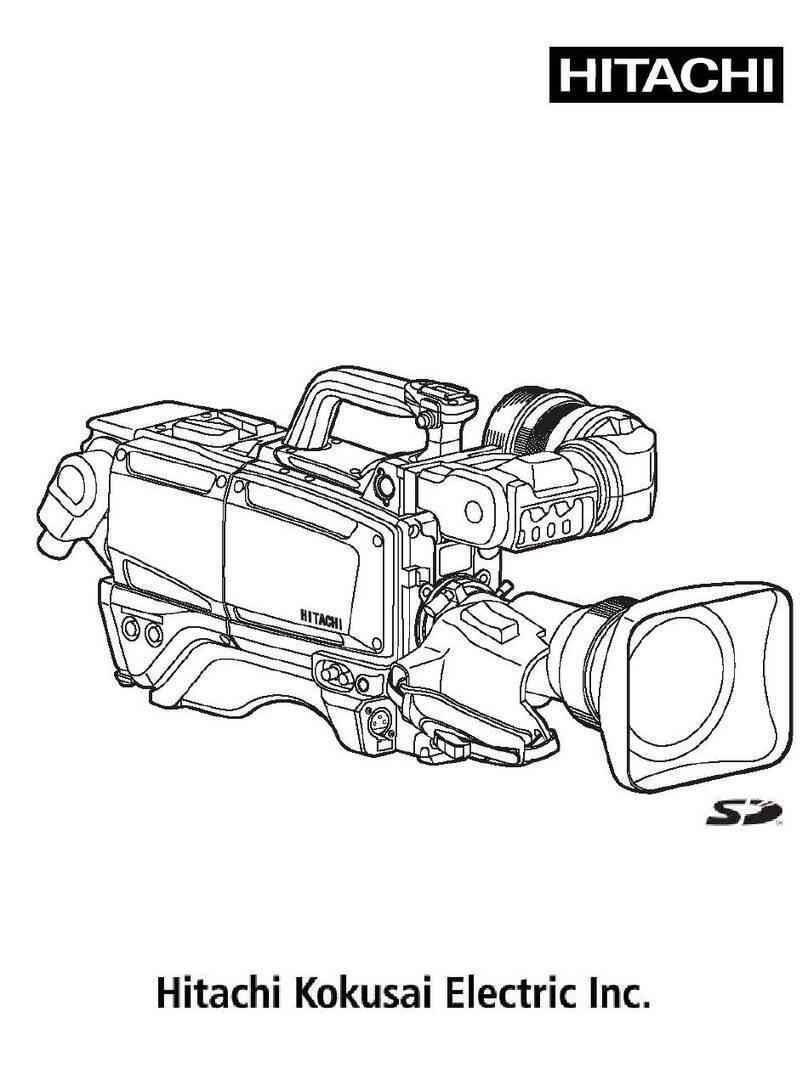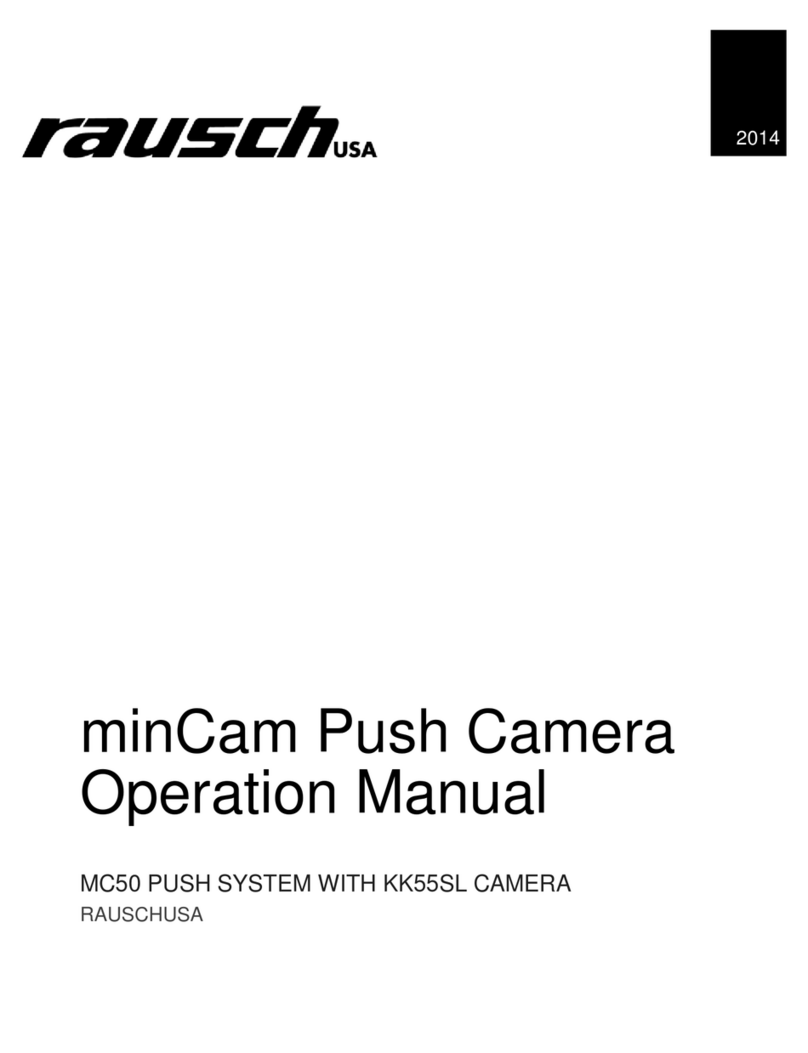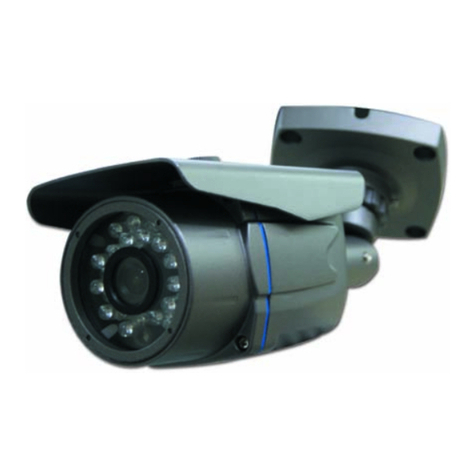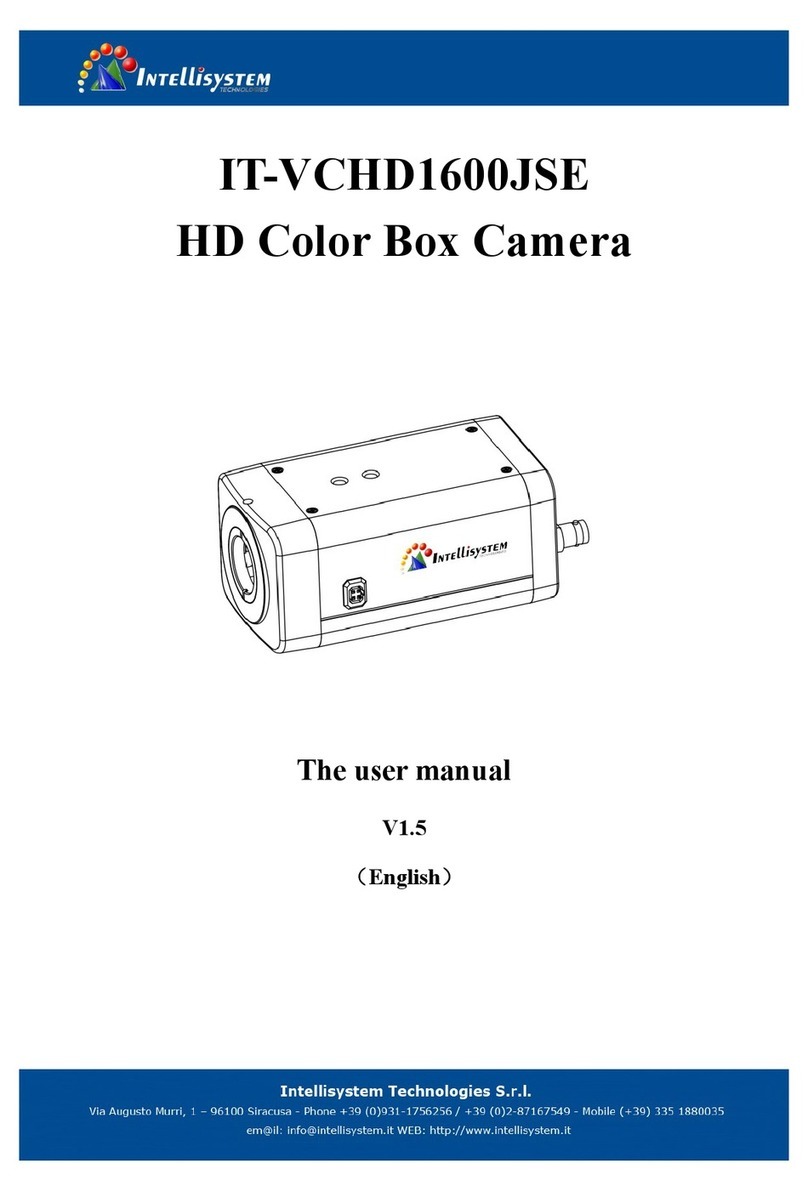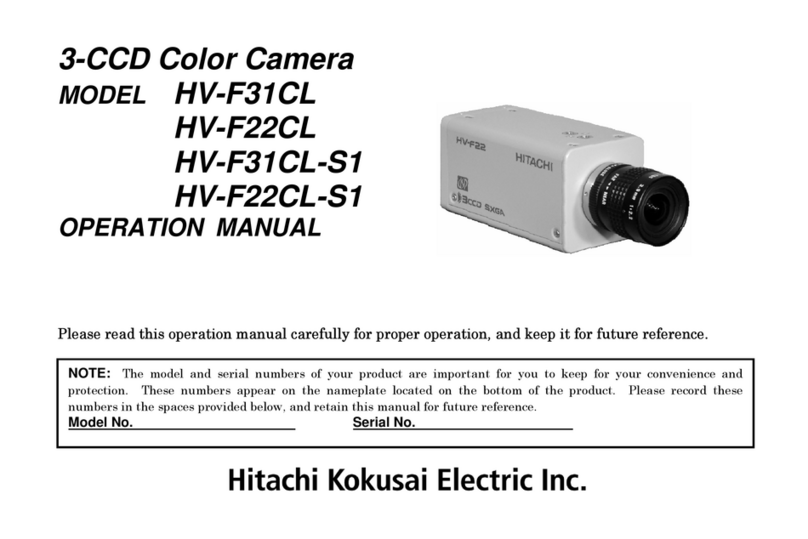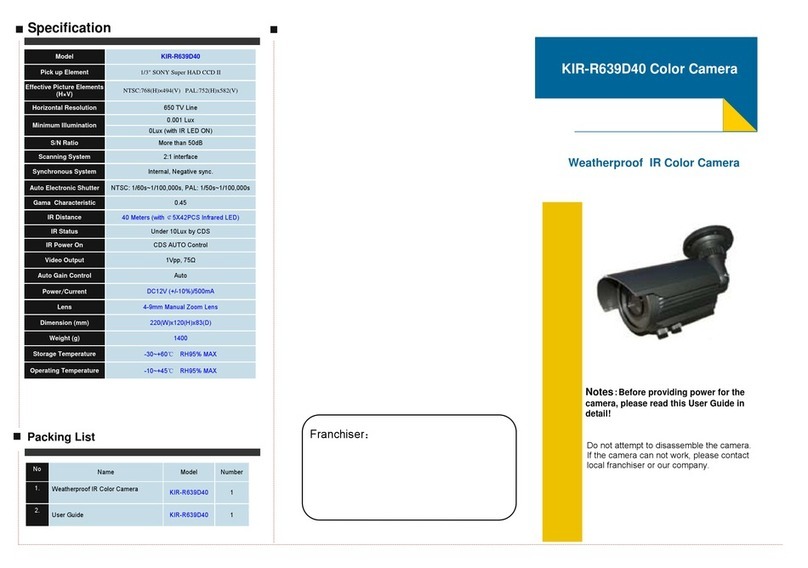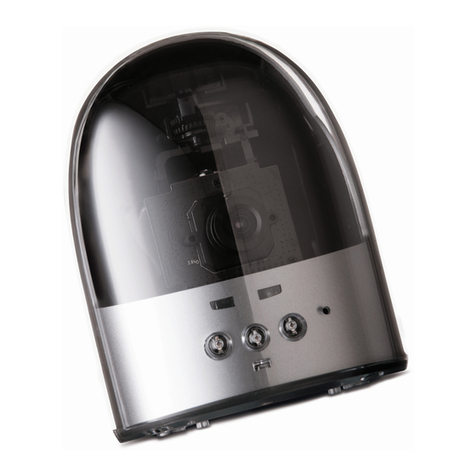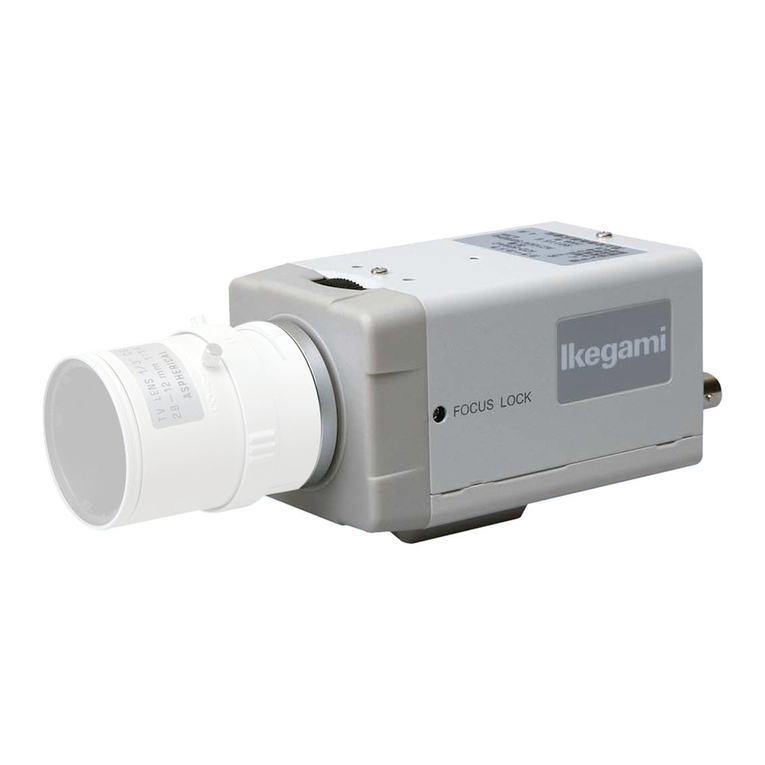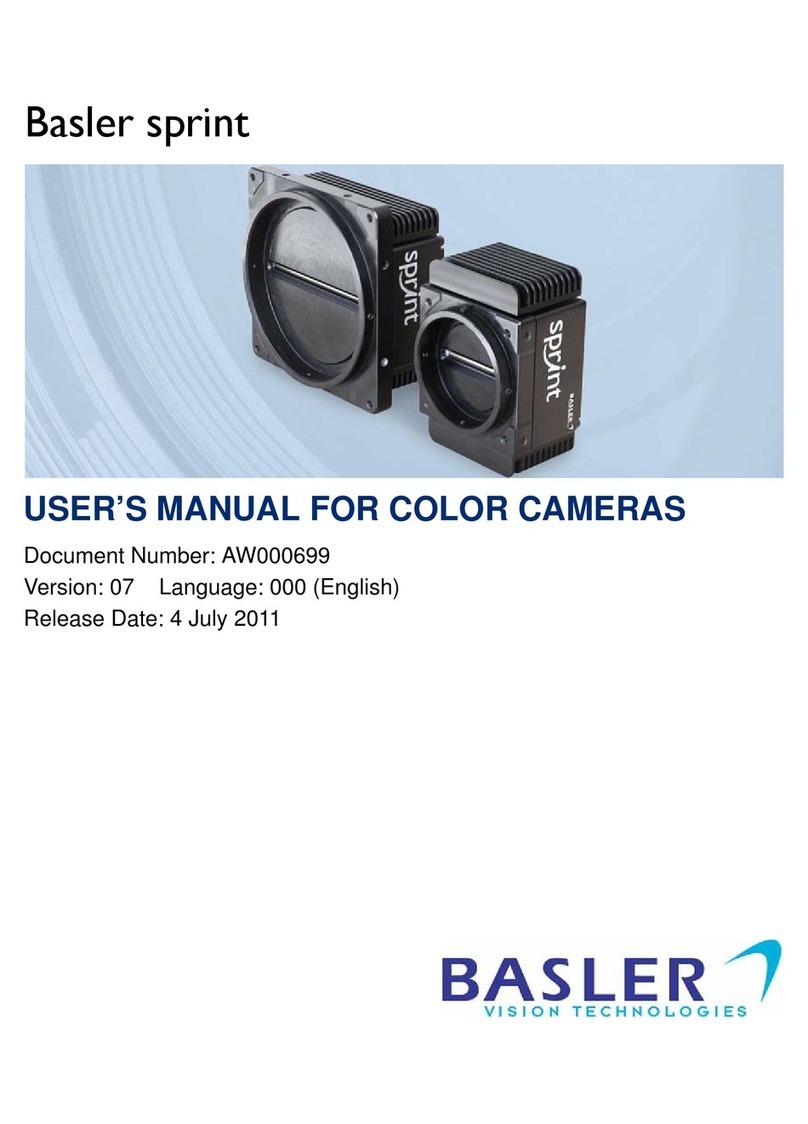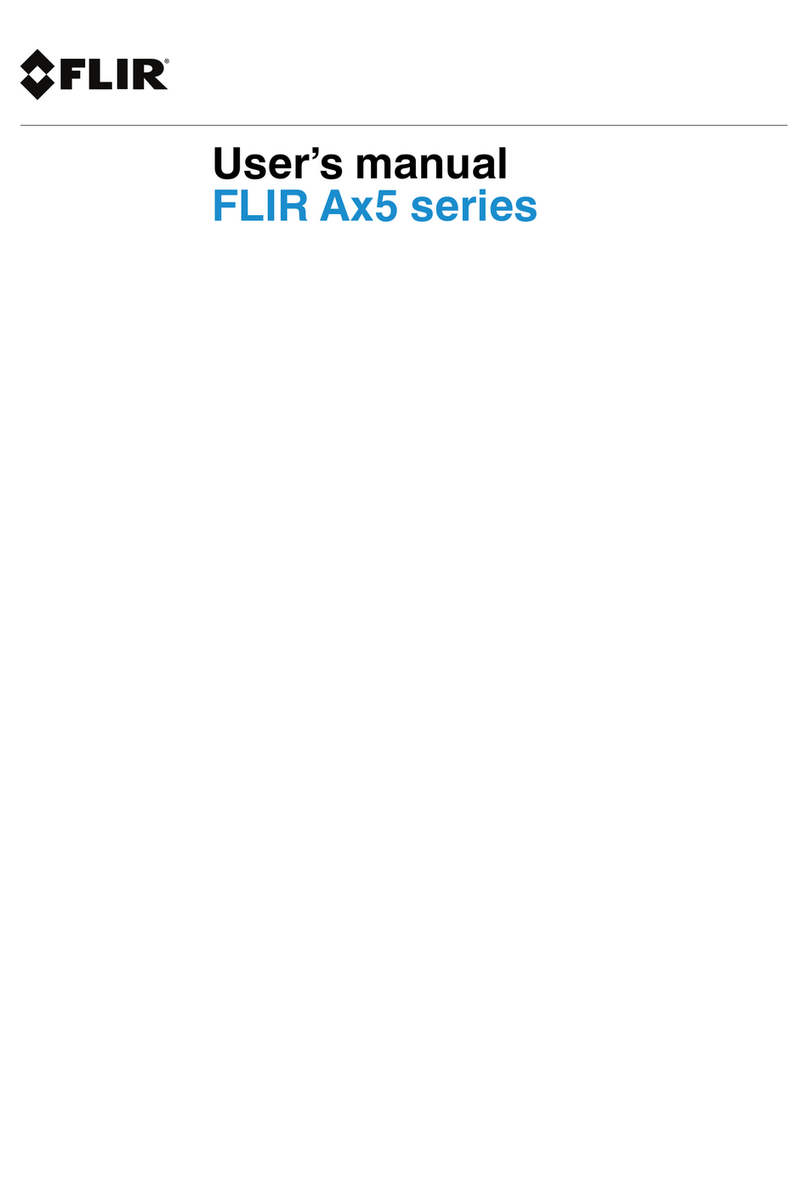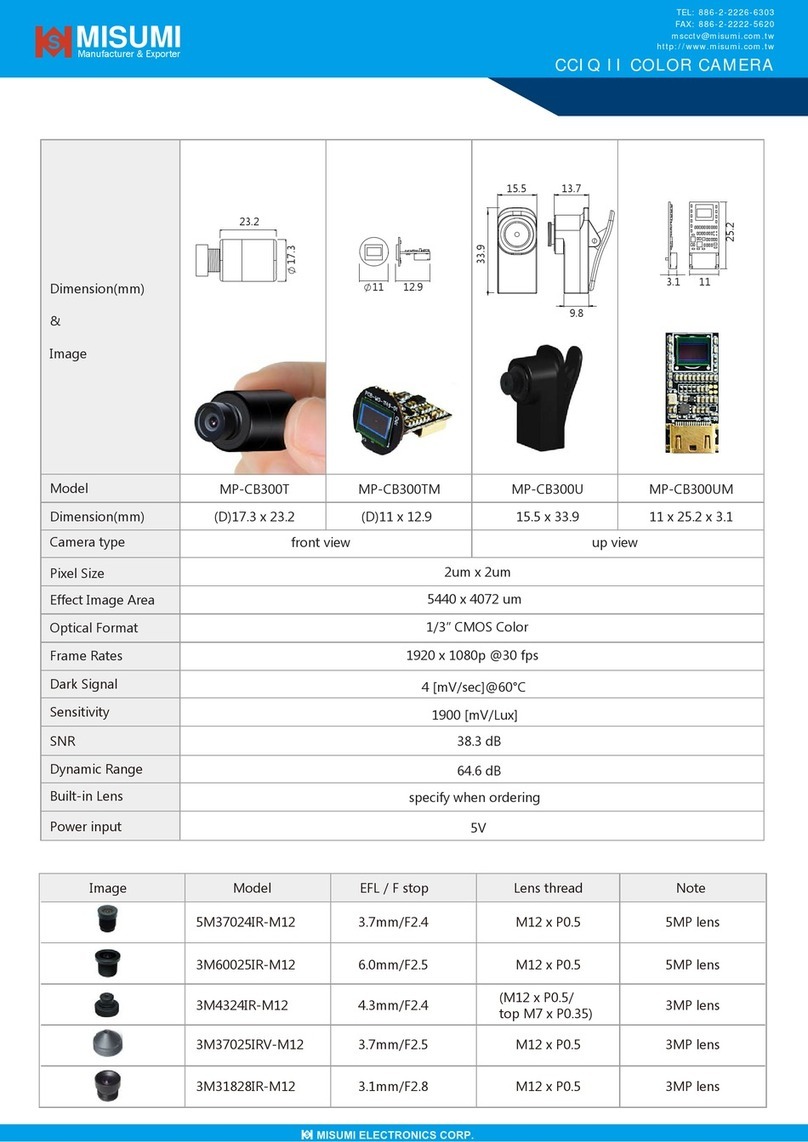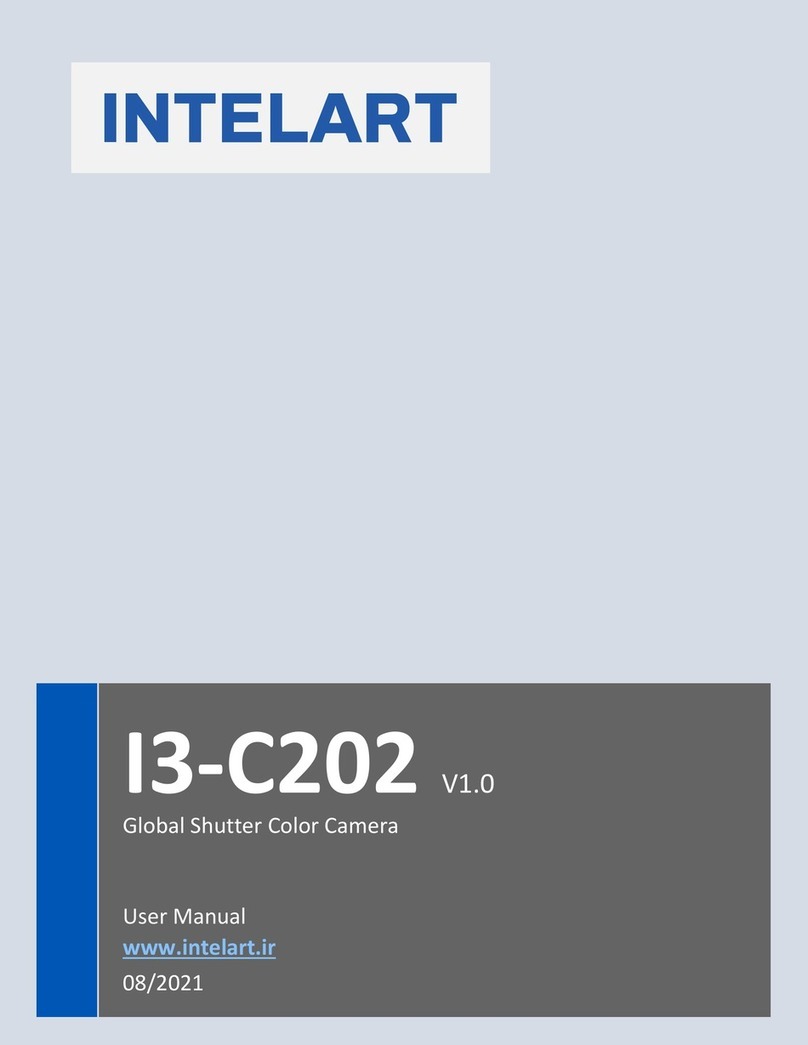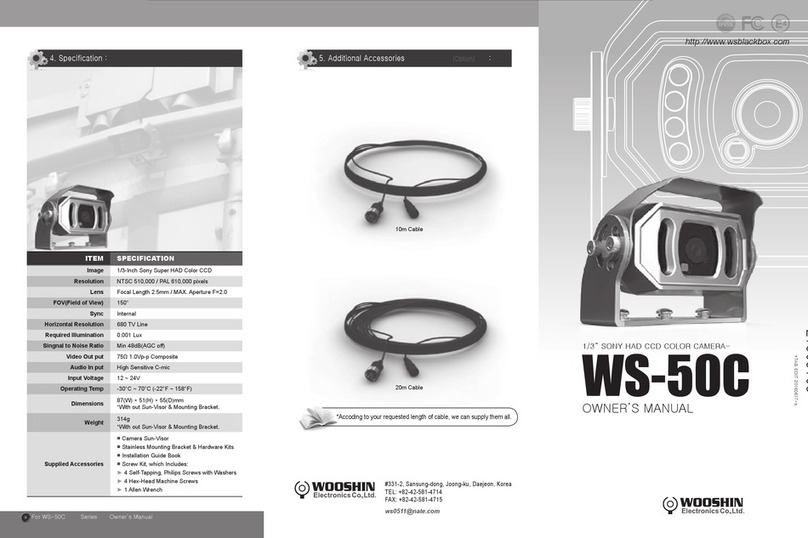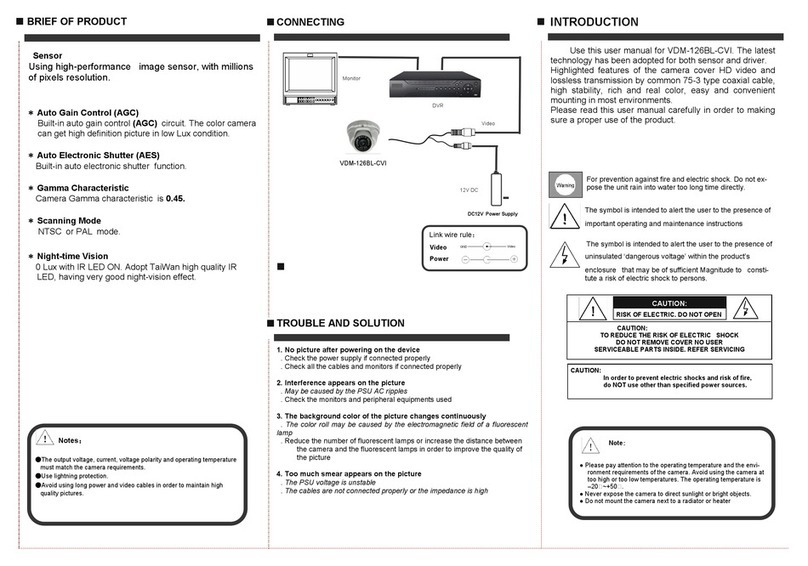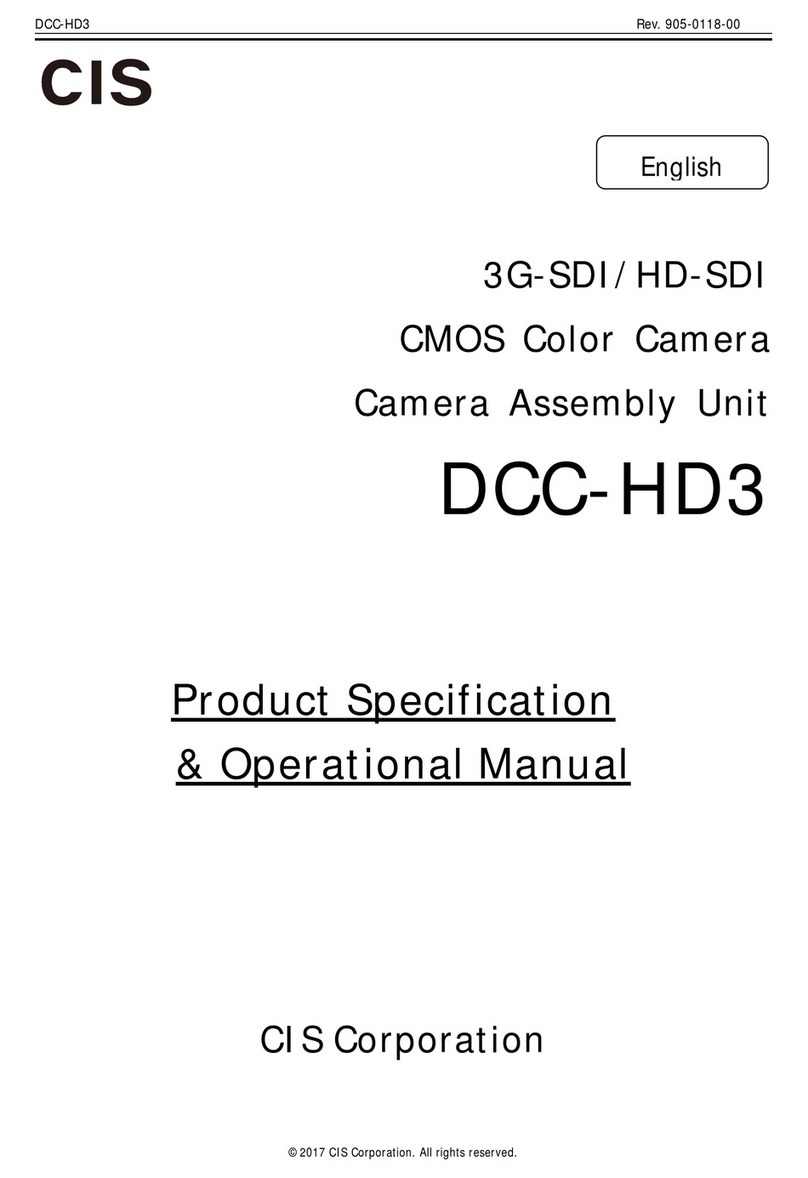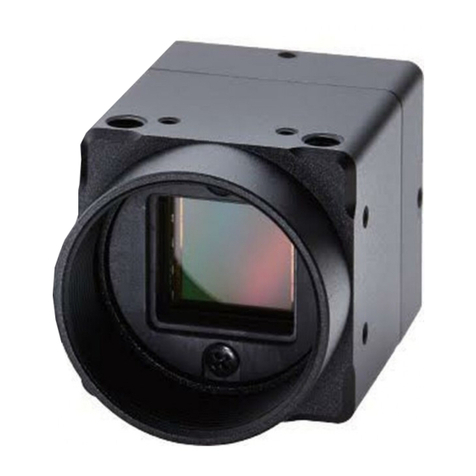
3 (E)
HDC-900/950 MM
5. SERVICE Menu
5-1. Setup Menu ...........................................................................................5-1 (E)
5-2. TOP Menu.............................................................................................5-4 (E)
5-3. SERVICE Menu....................................................................................5-5 (E)
5-4. Manual RPN Correction........................................................................5-7 (E)
5-5. Setting the RTC.....................................................................................5-8 (E)
6. Electrical Alignment
6-1. Preparations...........................................................................................6-2 (E)
6-1-1. Equipment Required.............................................................6-2 (E)
6-1-2. Precautions on Adjustments .................................................6-2 (E)
6-1-3. File data at Adjustment ........................................................6-2 (E)
6-1-4. Maintaining the Grayscale Chart .........................................6-3 (E)
6-1-5. Description on Setup Menu..................................................6-5 (E)
6-1-6. Connection of Equipment ....................................................6-6 (E)
6-1-7. Initial Settings ......................................................................6-6 (E)
6-2. Automatic Adjustment ..........................................................................6-7 (E)
6-3. PA-239 Board Adjustment....................................................................6-8 (E)
6-3-1. PA Balance Adjustment .......................................................6-8 (E)
6-3-2. PA Gain Adjustment ............................................................6-9 (E)
6-3-3. RPN Adjustment ................................................................6-10 (E)
6-4. VA-196 Board Adjustment .................................................................6-10 (E)
6-4-1. VA Gain Adjustment..........................................................6-10 (E)
6-5. Video System Level Adjustment (When using the Setup Menu) .......6-11 (E)
6-5-1. White Shading Adjustment ................................................6-11 (E)
6-5-2. H/V Ratio Adjustment........................................................6-13 (E)
6-5-3. Detail Level Adjustment ....................................................6-14 (E)
6-5-4. Crispening Adjustment.......................................................6-14 (E)
6-5-5. Level Dependent Adjustment.............................................6-15 (E)
6-5-6. Detail Clip Adjustment ......................................................6-15 (E)
6-5-7. Auto-iris Adjustment..........................................................6-16 (E)
6-5-8. Pedestal Level Adjustment.................................................6-17 (E)
6-5-9. Flare Adjustment ................................................................6-17 (E)
6-5-10. Gamma Correction Adjustment .........................................6-18 (E)
6-5-11. Knee Point/Knee Slope Adjustment...................................6-18 (E)
6-5-12. White Clip Level Adjustment ............................................6-19 (E)
6-5-13. File Store ............................................................................6-20 (E)
6-6. Video System Level Adjustment (When using MSU)........................6-20 (E)
6-6-1. White Shading Adjustment ................................................6-20 (E)
6-6-2. H/V Ratio Adjustment........................................................6-22 (E)
6-6-3. Detail Level Adjustment ....................................................6-22 (E)
6-6-4. Crispening Adjustment.......................................................6-23 (E)
6-6-5. Level Dependent Adjustment.............................................6-23 (E)
